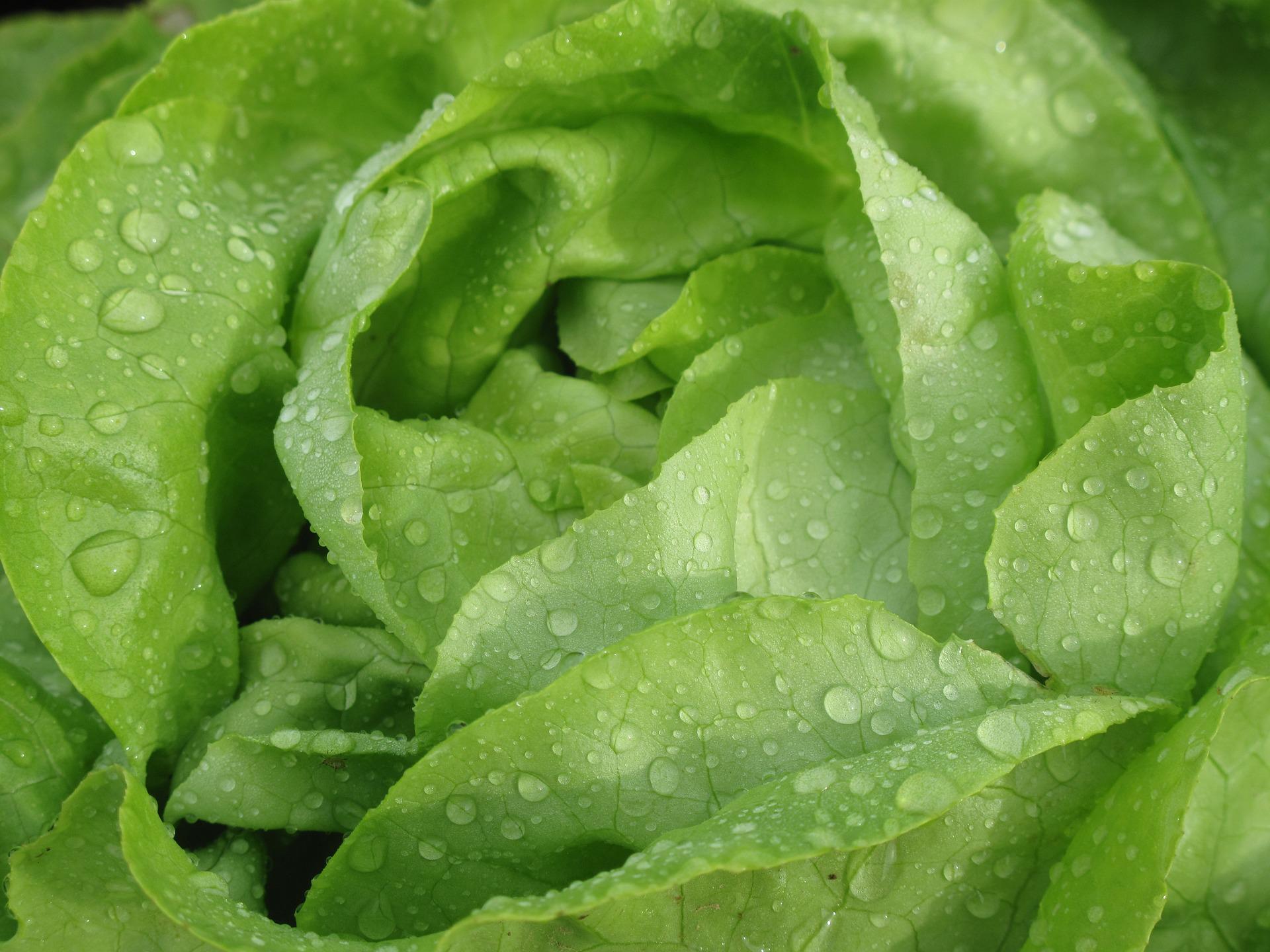Lettuce Cultivars
Head lettuce is the most commonly grown variety in our regions, with two main cultivars: Butterhead and Crisphead. Recently,
Lettuce Cultivars
Head lettuce is the most commonly grown variety in our regions, with two main cultivars: Butterhead and Crisphead. Recently, there has been increasing demand for leaf varieties, while narrow-leaved varieties are still very rarely cultivated.
Butterhead, also known as “Butterhead type” in English and “Buttersalat” in German, is a type of head lettuce with more or less smooth leaves, entire edges, and a shiny green (or slightly reddish) color. The heads are well-closed, with the leaves inside being yellow-green.
Depending on the length of the growing season to technological maturity, Butterhead cultivars for open-field cultivation are classified into:
- Spring
- Summer
- Autumn cultivation
For those cultivars intended for cultivation in protected areas, the classifications are:
- Autumn
- Winter
- Early spring cultivars
Crisphead, known in English as “Crisphead” or “Iceberg” and in German as “Eissalat” or “Krachsalat,” is a type of head lettuce with a larger rosette of crinkled leaves, more or less serrated edges, and pronounced veins (light green to white). The leaves of Crisphead lettuce are very brittle, ranging in color from dark green to medium green to yellow-green, with the edges of some cultivars being reddish due to anthocyanins. The heads are more or less dense, round, or oval in shape.
Batavia is also a type of head lettuce, morphologically between Butterhead and Crisphead (closer to Crisphead). The leaves are less crinkled, the edges less serrated, and the heads are somewhat smaller and looser than those of Crisphead.
Lettuce cultivars place great emphasis on disease resistance, particularly against downy mildew and resistance to viruses.
Choosing a Location for Cultivation
Suitable soils for lettuce cultivation are medium-heavy and well-structured, although lighter soils that warm up more easily and quickly are recommended for earlier cultivation. Lettuce responds best to neutral soil pH (around 7). It is very sensitive to high salt concentrations in the soil, especially chloride. A salt content of 0.3-0.4% can cause significant damage to lettuce. Given the diverse climate in Croatia and the variety of cultivars adapted to different climatic conditions, it is possible to grow lettuce throughout the year.
Although lettuce can tolerate being grown in the same area repeatedly, it is advisable to avoid long-term cultivation on the same plot. It is recommended to include at least one preceding crop from a different family. Due to the short vegetation period of lettuce, it is possible to grow 2-3 crops annually, and lettuce is often grown as an intercrop.













































